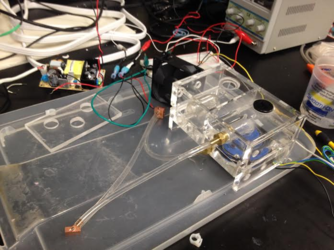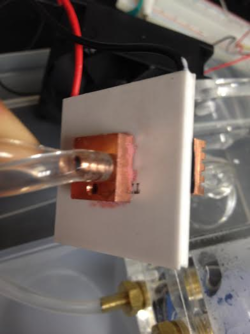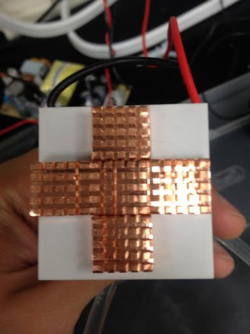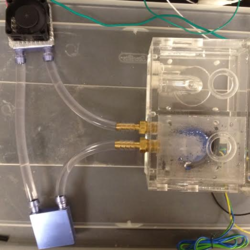- Thread Starter
- #61
Do fans cool down heatsinks all that much? My current TEC hardly does any cooling bc the hot side gets way too hot, so I'm looking for a small fan to mount.

This is one that I could find: http://www.amazon.com/Scythe-Mini-U...=UTF8&qid=1405953179&sr=1-2&keywords=mini+fan
--
On a side note, since I won't be using a reservoir in this loop, is a T-line necessary? Or can I get by without one?
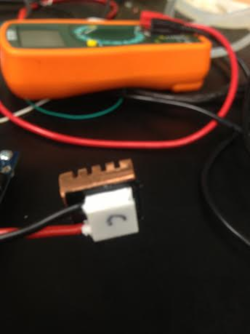
This is one that I could find: http://www.amazon.com/Scythe-Mini-U...=UTF8&qid=1405953179&sr=1-2&keywords=mini+fan
--
On a side note, since I won't be using a reservoir in this loop, is a T-line necessary? Or can I get by without one?
